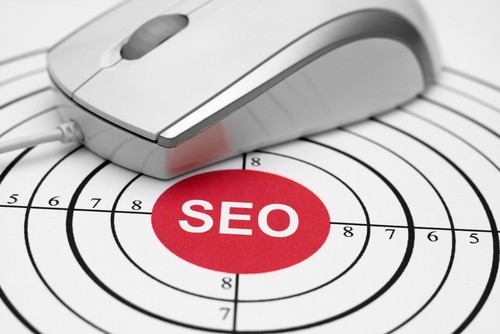A study by Booz Allen Hamilton found that nearly one-third of annual costs for companies that regularly visit trade shows goes right into promotional items. These companies need to strongly consider their company goals, objectives, services and clientele when picking the kinds of items they want to distribute and target areas that will get them the best exposure without confusing consumers.
Giving gifts
It may seem strange to give promotional mugs or other items to staff for doing a good job, but these represent a token of the business itself, and while many recipients may want to leave it in the company kitchen, employees should be encouraged to bring home these items as proof of hard work and success on the job.
That’s because your workers are also your best salespeople according to B2B Marketing. When someone asks about the promotional keychain they’re carrying or the mug they’re drinking out of, an employee can better answer questions about products and services right there for the interested party, rather than relying on the person to remember until they get access to search tools like the internet.
Giving promotional items to employees not only shows them that you value their efforts but helps you recruit outside ambassadors with in-depth, expert knowledge of the business.
Practical over unique
Some promotional items may sound like more fun or seem more interesting to clients, but it’s important to figure cost as well as effectiveness into the equation, pointed out an article in MediaPost. Flashlight pens are portable and useful, but what do they have to do with your business? USB flash drives are more expensive compared to business pens, but if your company offers a product or service that’s based on computer or data use, these might be a sensible giveaway that directly leads to more sales because industry folks will be more likely to inqurie about your products.
That doesn’t mean necessarily that you should give away boring promotional items, just make sure the ones you invest in actually have ties to your company to see the maximum return on investment. If the Hamilton study is correct and such a large chunk of your annual costs are going to these investments, chances are you’ll want to see an equitable boost in revenue compared to your overhead.

